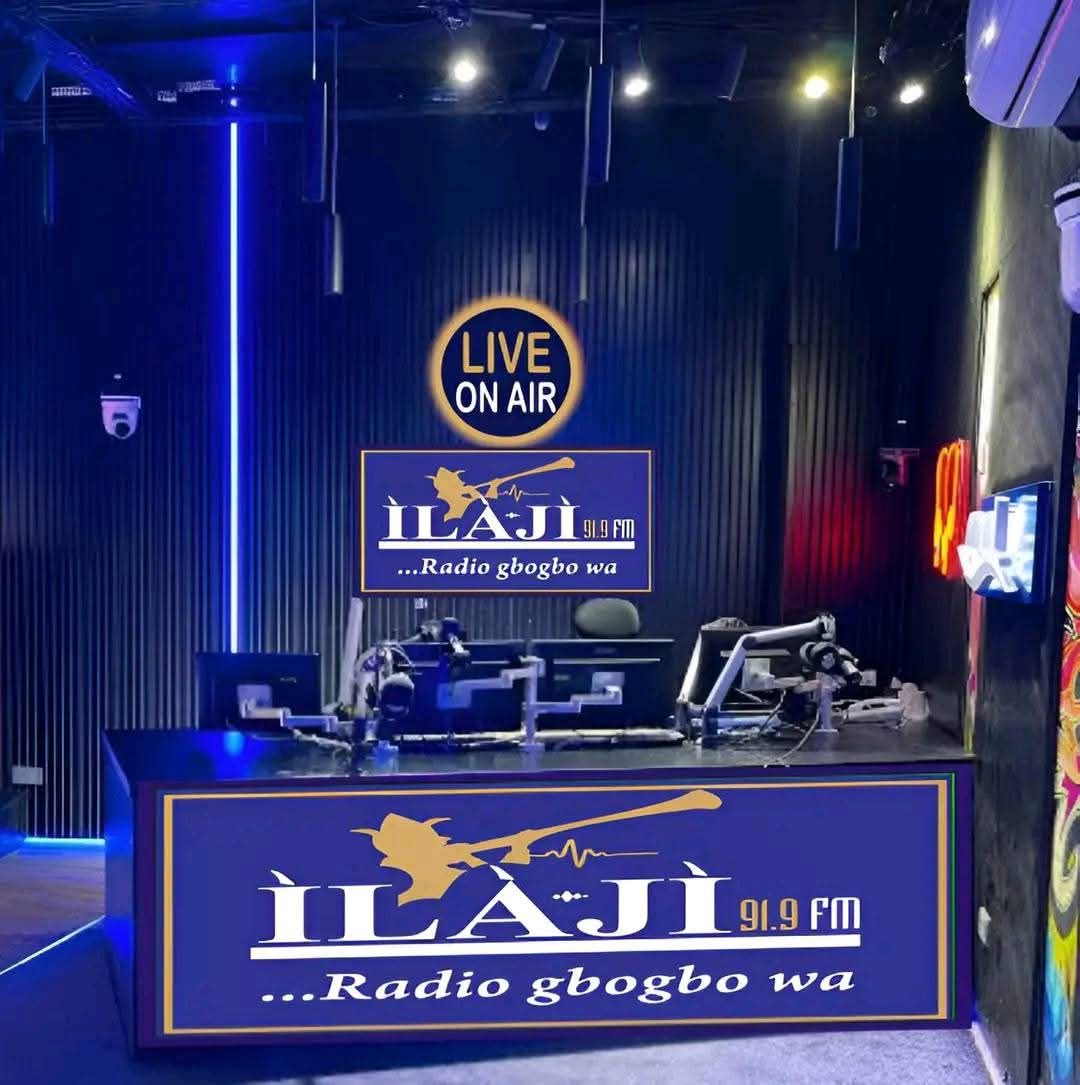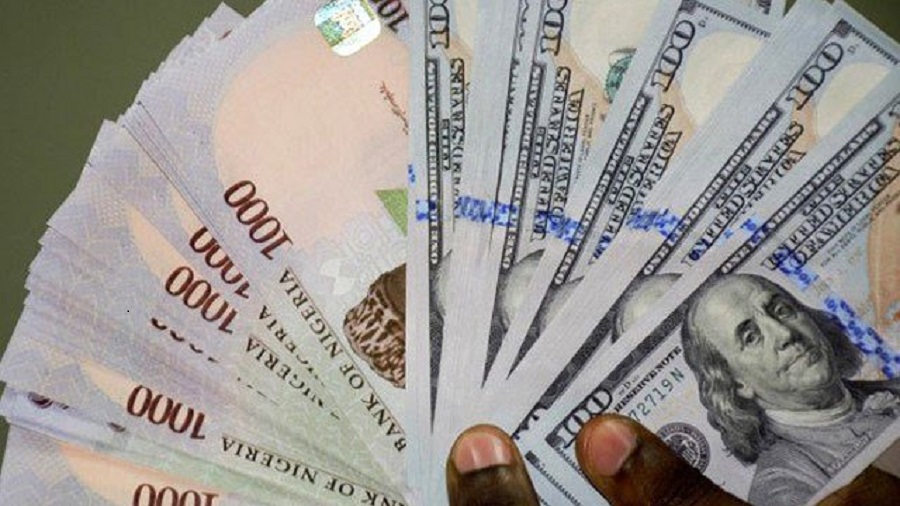In a tumultuous turn of events, the Nigerian naira hit an unprecedented low of N1,099.05/$ on the official Investor and Exporter forex window, marking a substantial 30.36% decline from its previous closing rate of N843.07/$.
The naira’s struggle has persisted since the Central Bank of Nigeria adopted the I&E window as the primary trading channel for the currency. The day started with the national currency trading at N844.10/$, only to close at the alarming rate of N1,099.05/$. This steep depreciation, exceeding 40% since June, has further fueled inflationary pressures in the country.

Following the Central Bank’s decision to abolish segmentation and introduce the ‘Willing Buyer, Willing Seller’ model, the naira has continued its steady weakening trend, solidifying its position as one of Africa’s worst-performing currencies. The World Bank recently highlighted the Nigerian naira and the Angolan kwanza as the region’s poorest performers, both experiencing a year-to-date depreciation of nearly 40%.
The unification of the foreign exchange market, combined with the removal of fuel subsidies, has contributed to a significant surge in inflation. In just four months, inflation has escalated from 22.79% in June to a staggering 27.33% in October. The prices of goods and services in the country have worsened, prompting the Federal Government to acknowledge the impact of foreign exchange market unification on consumer prices.

The dire consequences of this economic upheaval are already evident, with four million Nigerians falling below the poverty line between January and May 2023 due to inflation. The World Bank predicts that an additional two million Nigerians will join them by the end of the year if inflation persists. Without intervention, the bank anticipates a further increase in the number of Nigerians living below the international poverty line, peaking at 38.8% in 2024 before gradually declining as inflation eases and economic growth improves.

